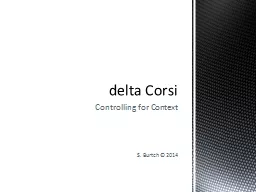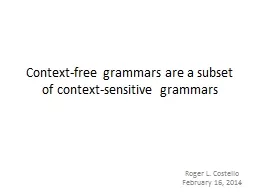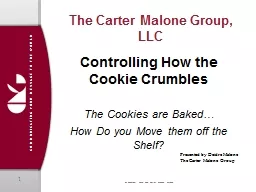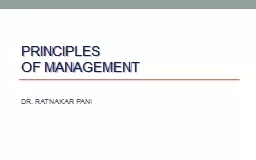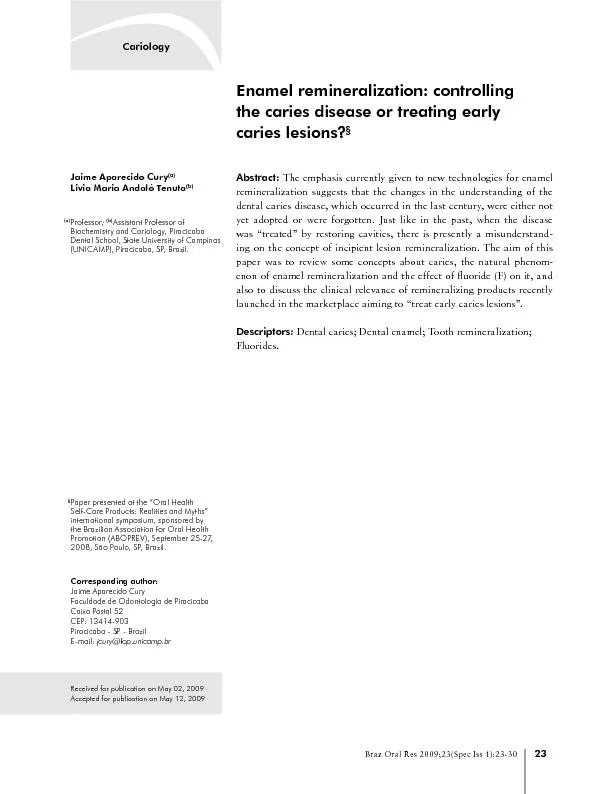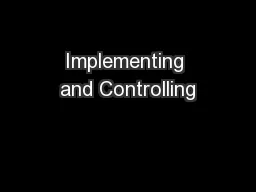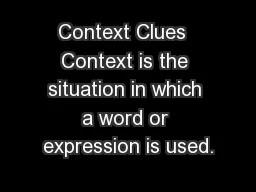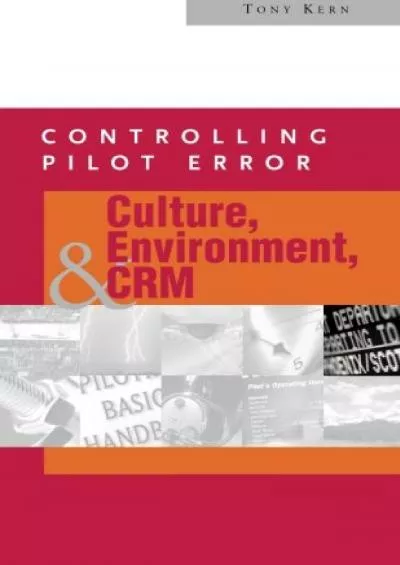PPT-Controlling for Context S.
Author : mitsue-stanley | Published Date : 2018-02-28
Burtch 2014 delta Corsi How have we traditionally assessed players Traditional Points PlusMinus Faceoffs Real Time Stats hits blocked shots takeawaysgiveaways
Presentation Embed Code
Download Presentation
Download Presentation The PPT/PDF document "Controlling for Context S." is the property of its rightful owner. Permission is granted to download and print the materials on this website for personal, non-commercial use only, and to display it on your personal computer provided you do not modify the materials and that you retain all copyright notices contained in the materials. By downloading content from our website, you accept the terms of this agreement.
Controlling for Context S.: Transcript
Download Rules Of Document
"Controlling for Context S."The content belongs to its owner. You may download and print it for personal use, without modification, and keep all copyright notices. By downloading, you agree to these terms.
Related Documents

